Fauna
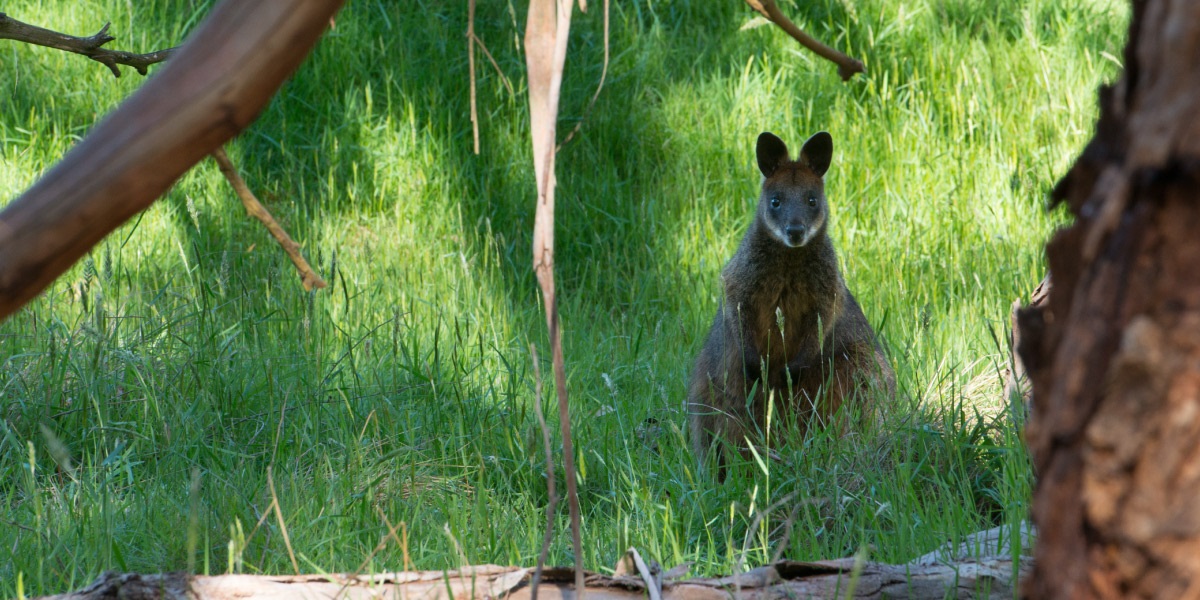
The protection of the Great Ocean Road coast and parks fauna is one of our Conservation Team’s primary responsibilities. This includes protecting:
Hooded Plovers (Thinornis rubricollis)
Hooded Plovers (aka ‘Hoodies’) are listed as vulnerable under the Environment Protection Biodiversity and Conservation Act 1999 as they have one of the lowest survival rates of any bird species in the world. Not to be confused with the common Spur-winged plover (the ones that like to nest on roundabouts and nature strips), Hoodies are beach nesting birds that live only in beach habitats, including sandy dunes, rocky headlands, islands and sandy estuaries.
Our team has been working closely with BirdLife Australia and other partners since 2006 to protect several Hoodies known breeding sites along the Great Ocean Road.
For more information on Hooded Plovers and how you can help click the button below.
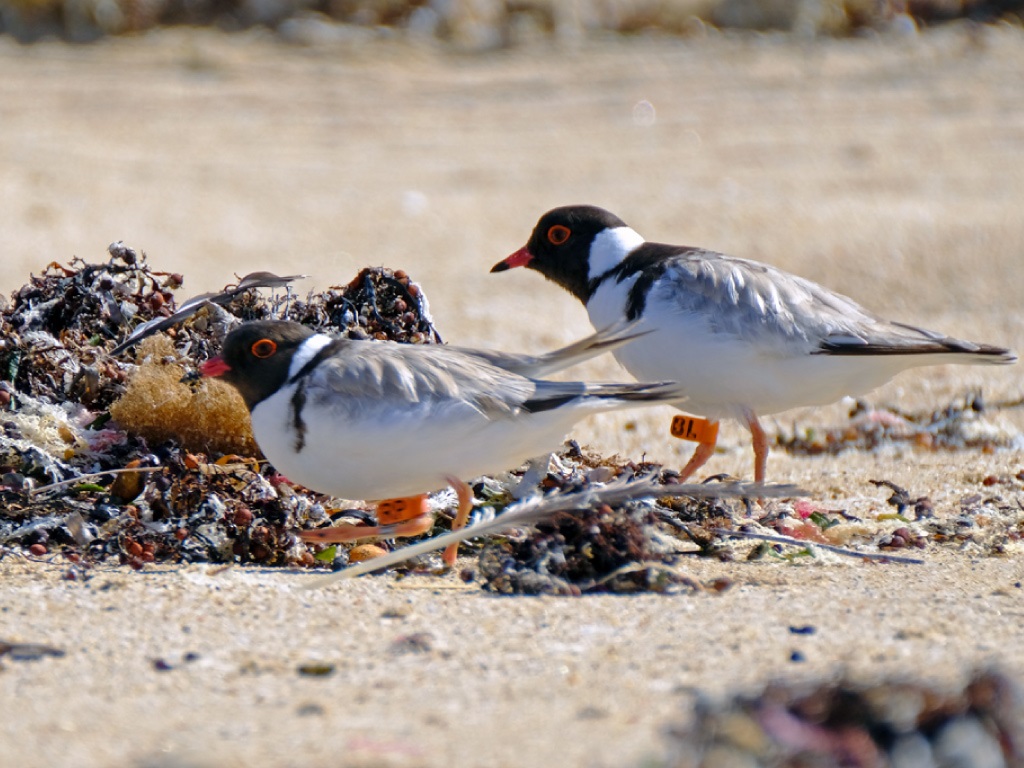
Image: Surf Coast Nature Search
Southern Brown Bandicoot (Isoodon obesulus)
The Southern Brown Bandicoot is listed as nationally Endangered under the Environment Protection Biodiversity and Conservation Act 1999 and typically lives along or near coastal heathlands.
Initially thought to be nocturnal, the Southern Brown Bandicoot can be spotted in the late afternoon or even during the day, particularly where cover is abundant. Our motion sensing cameras have sighted the bandicoots in the Anglesea Heathlands and near Aireys Inlet reserves.
Major threats to bandicoots are predation, primarily by foxes but also by dogs and cats, and loss of habitat due to clearing of vegetation. This removes patches of land that they can inhabit and limits their capacity to move between the patches that remain.
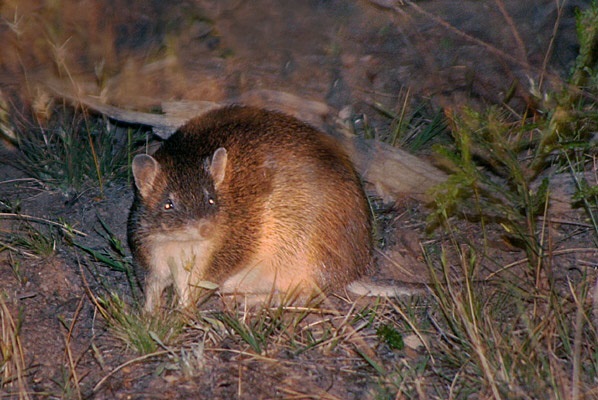
Image: Annette Rypalski, Mt Rothwell Biodiversity Interpretation Centre, Lara.
Rufous Bristlebird (Dasyornis broadbenti)
The Surf Coast is one of the last places in the world where you will be able to find the rare and threatened Rufous Bristlebird. We are incredibly lucky that these gorgeous little creature calls our coast home!
The Rufous Bristlebird is endemic to Australia and the Victorian subspecies have been observed in a range of habitats including thickets of shrubs in coastal gullies, and shrublands and heathlands on limestone cliffs to sheltered gullies.
Density and height of vegetation structure is likely to be a prime determinant for suitable habitat and the species presence has been known to be positively correlated with increasing vegetation density.
Found in coastal thickets near Jan Juc, Point Addis, Anglesea, Aireys Inlet and Wye River, the Rufous Bristlebird has a unique vocal call that makes it easy to distinguish from other birds.
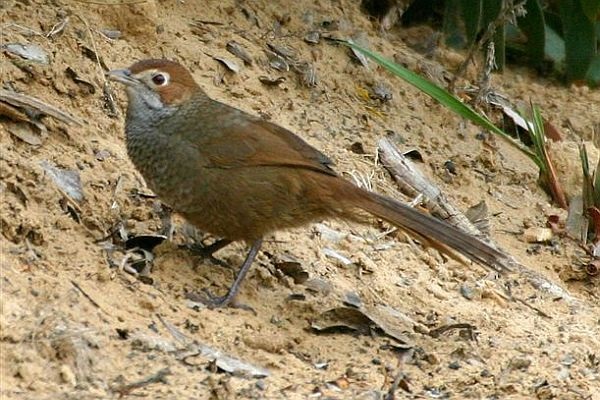
Image: Bob McPherson / SWIFFT
Yellow-bellied Glider (Petaurus australis australis)
There are two subspecies of Yellow-bellied glider. The one present on our coastline is the South-Eastern subspecies that contributes to most of the population size of the subspecies compared with the northern ‘Wet Tropics’ Yellow-bellied glider.
The yellow-bellied glider is a medium sized marsupial and Australia’s second largest glider. The body is a greyish-brown with a black stripe down its back and tail. The belly is white to yellow (hence its name) and tends to become more yellow with age. You can tell the difference between males and females as males tend to be on the larger size however the females have longer tails.
The Yellow-bellied glider is listed in the ‘Vulnerable’ category of the threatened species list under the Environment Protection and Biodiversity Conservation Act 1999 (EPBC Act). The main factors for the ‘Vulnerable’ listing include population reduction and habitat destruction through land clearing, fragmentation, fires and climate change.
The species occurs in eucalypt-dominated woodlands and forests, however abundance is highly dependant on habitat suitability which is in turn determined by forest age and floristics. The yellow-bellied glider is nocturnal which means it is active for most of the night and devotes nearly all its time outside the den to foraging.
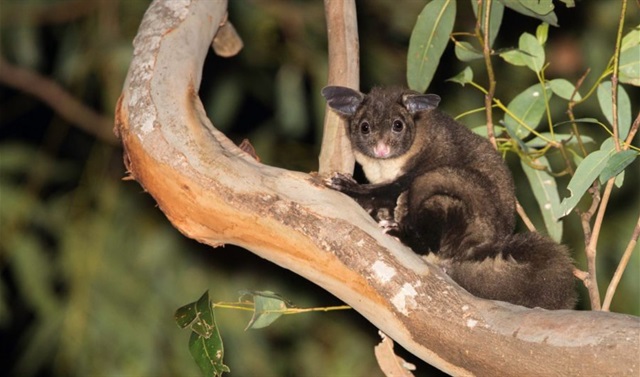
Image: Matt Wright / Australian Geographic
Microbats
Microbats are small flying mammals with large ears, small eyes and wings. There are 16 species in Victoria/South-Eastern South Australia with many on the Threatened Species list.
Many of our microbat species are hollow dependant, meaning they live during the daylight hours inside the hollows of trees or branches. Due to this, people are not usually aware of their presence due to their nocturnal behaviour and their ultrasonic calls that are inaudible to the human ear.
Earlier in 2023, nesting boxes were installed in Taylor Park to give wildlife extra shelter in the area. There were 20 in total, with four specifically designed for microbats.
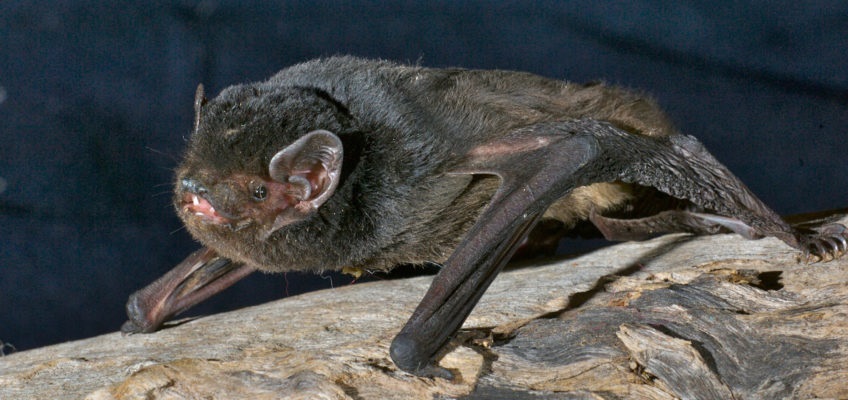
Image: Les Hall / All About Bats
Jacky Lizard (Amphibolurus muricatus)
The Jacky Lizard is a reptile that lives in the Anglesea Heathlands and dunes is also known as the ‘tree dragon’. The Jackies are known for their bright yellow mouth and well developed vertebral crest.
They are often seen dashing across footpaths or disappearing into nearby vegetation. They have powerful, well-developed limbs that they use rapidly when disturbed to get away from potential predators. Jackies lay between three and nine eggs each summer in a small burrow.
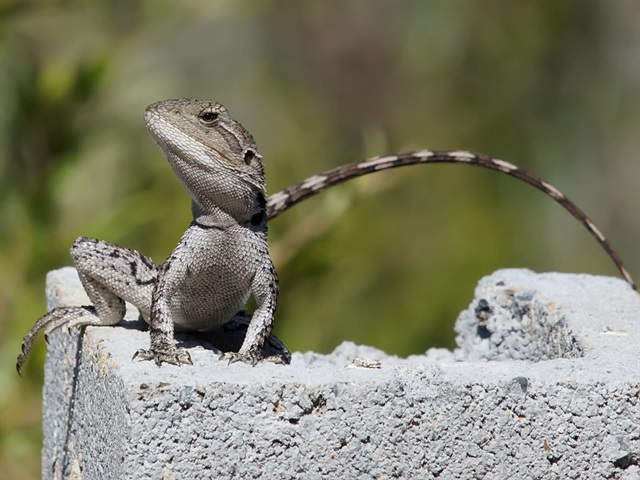
Image: David Cook / iNaturalist
Marine wildlife
Australian Fur Seals (Arctocephalus pusillus)
The Australian fur seal is the largest of eight species of fur seal in the world. They can reach up to 2.5m in length and the adult male can weigh up to 100kg with a lifespan of approximately 20 years.
These seals prefer rocky islands with pebble beaches and gradually sloping rocky edges. This is why there is a large colony on the rocky platform at Marengo Reef Marine Sanctuary. The area has been declared a Special Protection Area and access onto the island is prohibited, however if you look closely you can see the colony from shore!
Breeding season occurs between October – December and during this time they come ashore to establish territories. It is important that both people and dogs keep away from seals and there are laws in place for ensuring this occurs.
You must not get closer than 30 metres to a seal on land and dogs must not get closer than 50 metres. Please see Wildlife Victoria’s website with further information surrounding Encountering seals
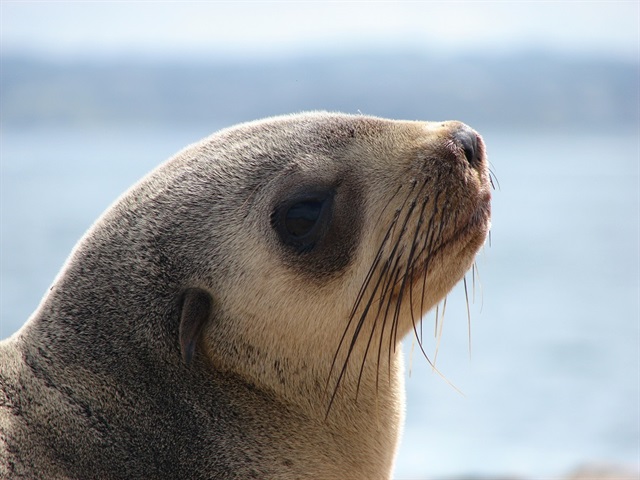
Image: Julia Back / CSIRO
Little Penguin (Eudyptula minor)
The Little Penguin (also been known as the Fairy Penguin) is the smallest of all penguin species at 40cm tall and a weight of 1.2kg.
The upper body and flippers are blue/grey with the underbelly white in colour. This is so these critters are camouflaged from predators whilst in the ocean.
Did you know that the Little Penguin will consume the equivalent of its body weight in food every day? That’s a lot of fish!
Little Penguins spend most of the day out at sea feeding and come ashore to coastal habitats to rest at night. They prefer sand dune colonies however can also be found among rocky areas.
These critters are vulnerable to attacks from dogs, cats and foxes. They also suffer habitat loss as a result of human activity. What you can do to help is be aware of the wildlife in your area and if you come across a Little Penguin, to keep your distance and never allow your dog to roam freely in known breeding areas.
Please see Wildlife Victoria’s website for further information about the Little Penguin and more ways to help.
Seabirds and Shorebirds
Australasian Gannet (Morus serrator) is quite common along the Surf Coast. These large black and white seabirds breed in large colonies and feed in spectacular fashion by plunge-diving into the ocean to capture prey.
Both the male and female have similar plumage of white body and dark tips on major wing feathers. Their head is yellow with a blue-grey bill.
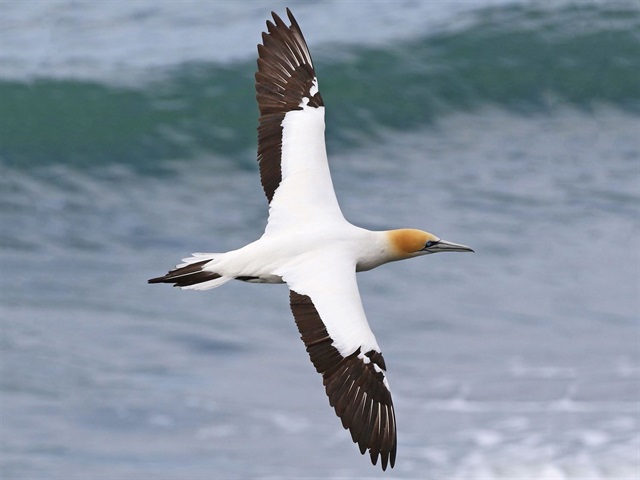
Image: Olivia Graves / eBird
Pacific Gull (Larus pacificus) cannot be missed from its enormous golden yellow bill with red ‘lipstick’ at the tip. These gulls are generally seen on the beach in pairs and feed on shell fish, eggs and chicks of other seabirds.
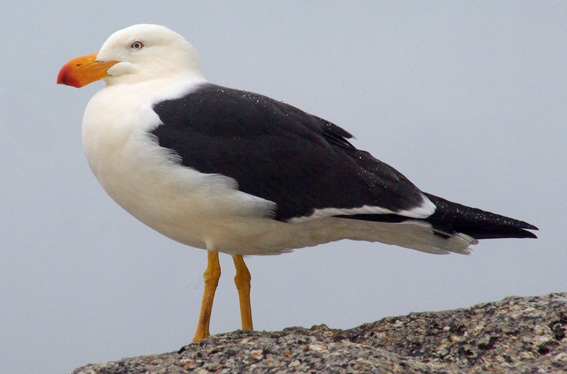
Image: Surf Coast Nature Search
Nankeen Kestrel (Falco cenchroides) can be commonly seen along the coastal cliffs in Torquay although commonly occur in open country like grasslands and farmlands. They hunt a variety of prey such as small mammals, lizards and insects. When prey is spotted, Kestrels will slowly descend, dropping suddenly in the last few metres.
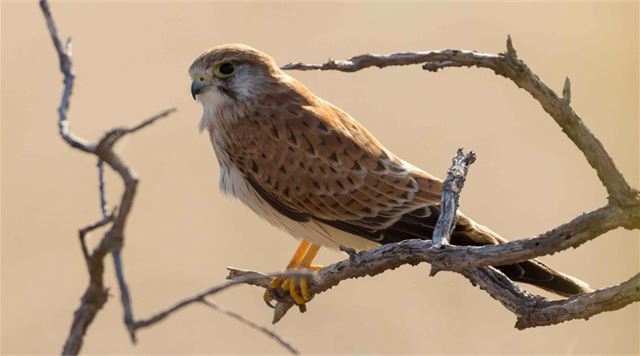
Image: Kieran Holmes / Birdlife Australia
Crested Tern (Sterna bergii) is one of a number of different Terns found along the Great Ocean Road. These seabirds are related to Gulls, however have straighter more pointed bills and slender wings.
Under the Environmental Protection and Biodiversity Conservation Act 1999, these birds are listed as ‘Sterna bergii’ under Marine and listed as ‘Thalasseus bergii’ under Migratory.
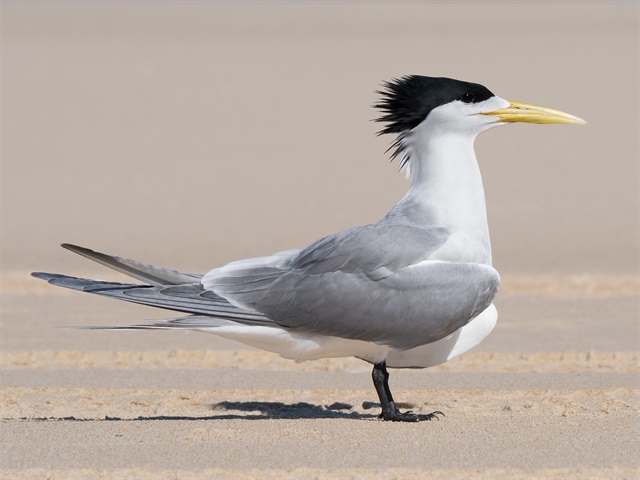
Image: Hayley Alexander / eBird
Pied Cormorant (Phalacrocorax varius) is a large black and white bird with a long, grey hooked bill. It has an orange eye patch with a black glossy sheen back with white underbody. Unlike other waterbirds, their feathers do not repel water allowing for better diving with less buoyancy. These birds are usually seen in pairs or singly on the ground, however often seen flying in a V-shaped flock. They are often found on beaches, estuaries and inland.
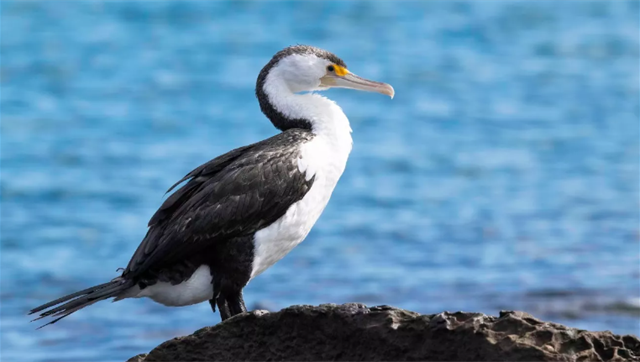
Image: Andrew Southon / Birdlife Australia
How can you help?